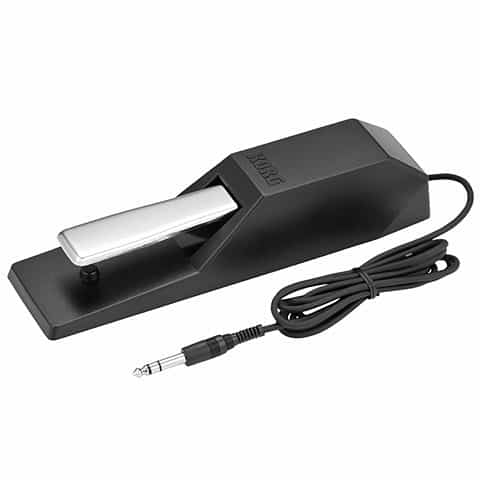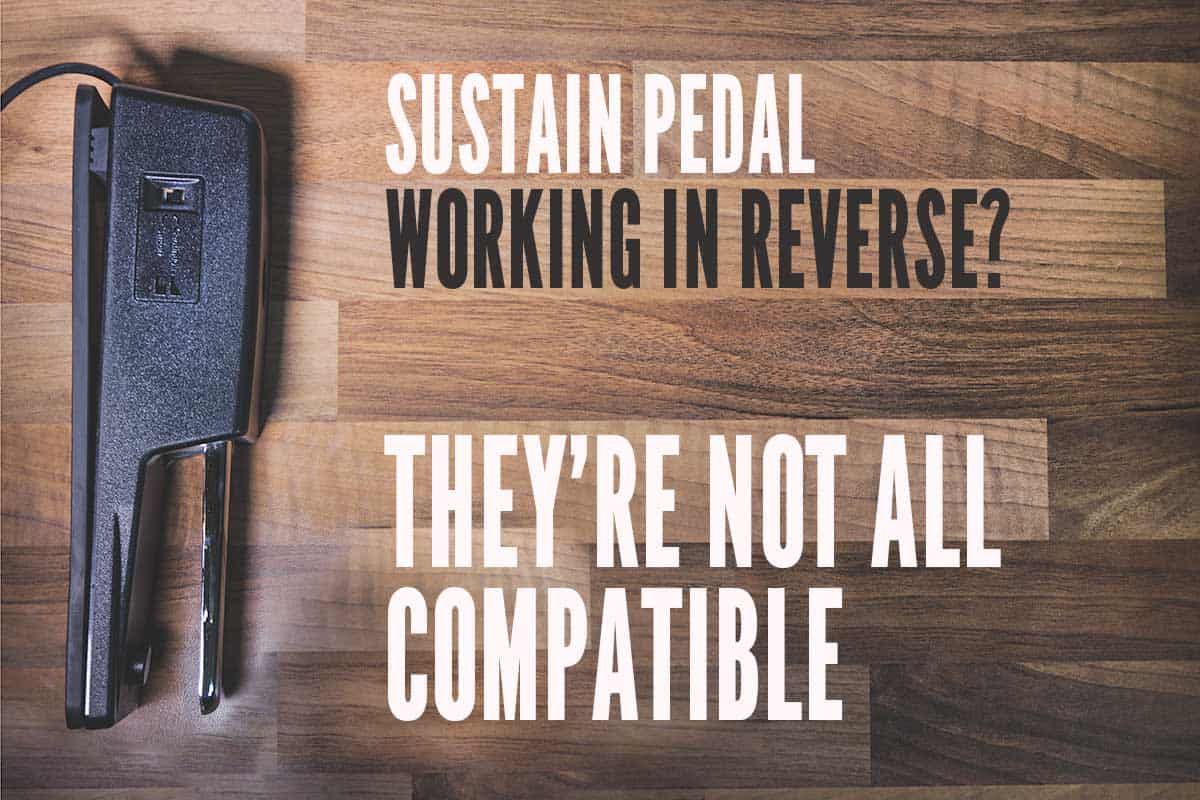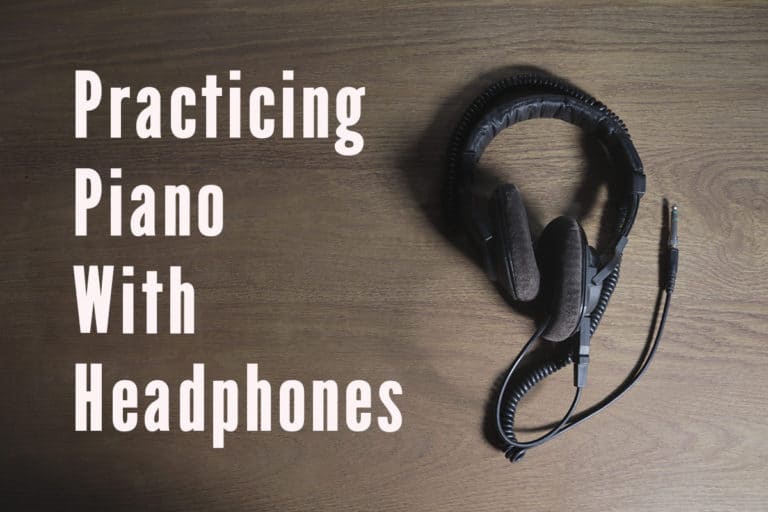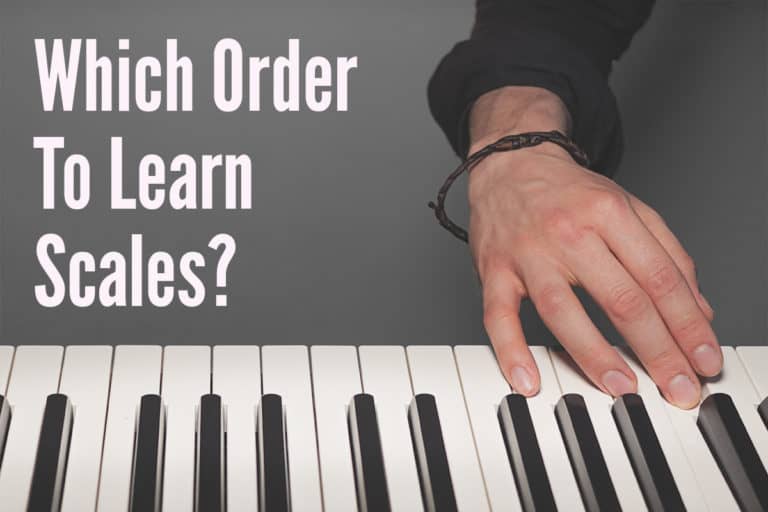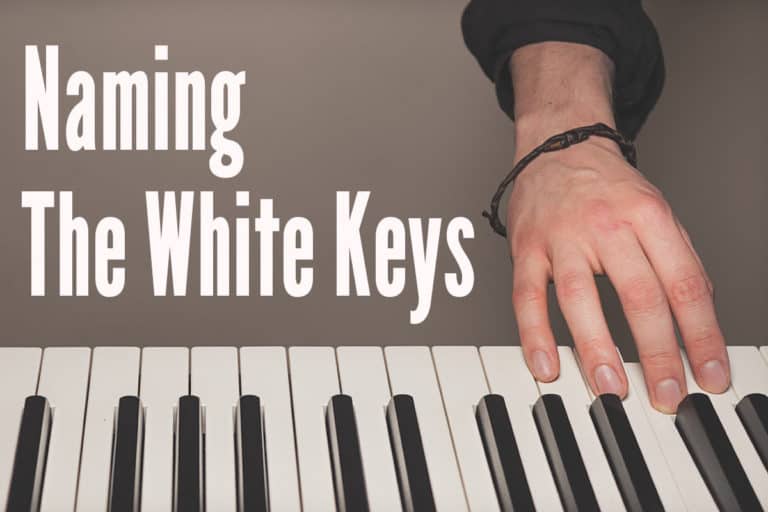If Your Sustain Is Pedal Working In Reverse, This May Be Why
This post contains affiliate links.
Many piano students will begin learning on a keyboard. So to go a long with that, they have a stool, a stand, maybe some headphones and a sustain pedal. It’s all too common that people purchase a sustain people to then find out it’s doing the opposite of what it’s meant to and sustaining the notes when the pedal is up.
So why is your sustain pedal working in reverse? It’s often the case that your sustain pedal is working in reverse because it’s using an opposite polarity to the keyboard it’s plugged into. Not all pedals and keyboards are compatible but if you are using a universal sustain pedal, check that the polarity switch is in the correct position.
These are your best first troubleshooting steps and the most likely explanation. You may now need to look for a new pedal. There’s a few things you should know first about first to help you choose one to make sure it’s not only just compatible, but also a quality pedal of the right type best suited to learning piano. Below is a list of great options for different brands.
Sustain Pedal Working Backwards
I’m a piano/keyboard player and piano teacher, not an electrical engineer, so without getting too into the weeds, here’s what’s happening with your pedal.The pedal acts as an on/off switch. If your sustain pedal is working correctly, when you depress the lever, it merely sends an ‘on’ signal to your keyboard and the keyboard itself is what actually sustains the notes. When you let go of the lever, that turns it off.
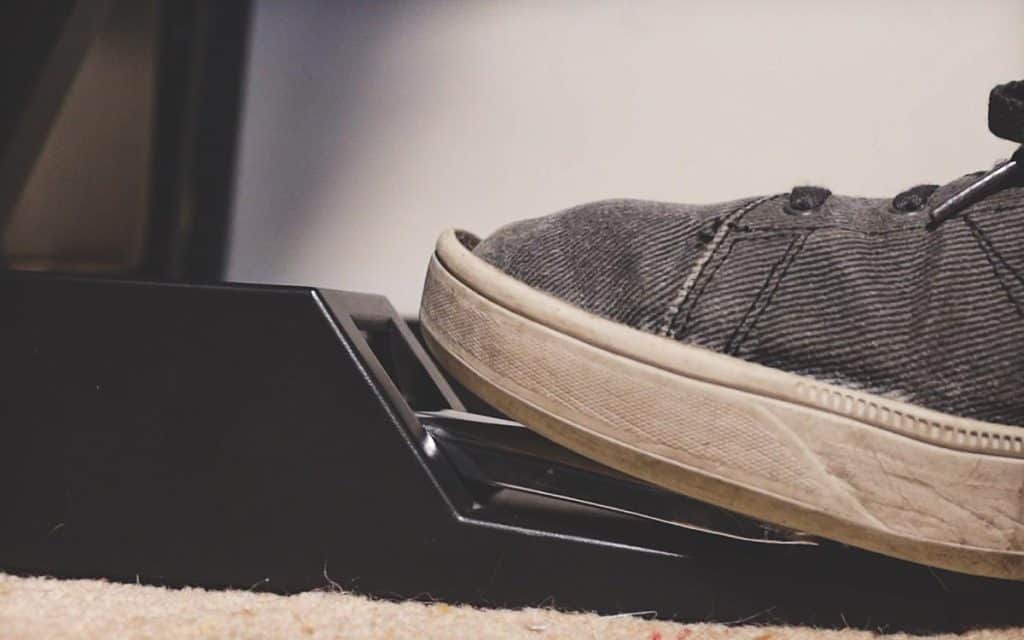
However, some keyboards and pedals are essentially wired the opposite way with reversed polarities. This means that the ‘on’ signal is being sent when the lever is up, and depressing it turns it off, thus your sustain pedal will be working backwards and stop sustaining the notes when you push your foot down.
Unfortunately, (And I have always wondered why!) there’s not a standard which manufacturers of keyboards and sustain pedals conform to. That would make life simpler and on top of that, when you purchase pedals, for someone who hasn’t experienced this issue before, it’s really not very obvious. Some pedals are built differently to accommodate other functionalities so this may be a reason but us musicians just want to be able to play!
I once made the same mistake and had many students do the same (when they purchased before asking me). Luckily you can often get a refund or exchange the pedal and these aren’t the largest investment but still, it’s a pain.
Check If You Can Change The Polarity First
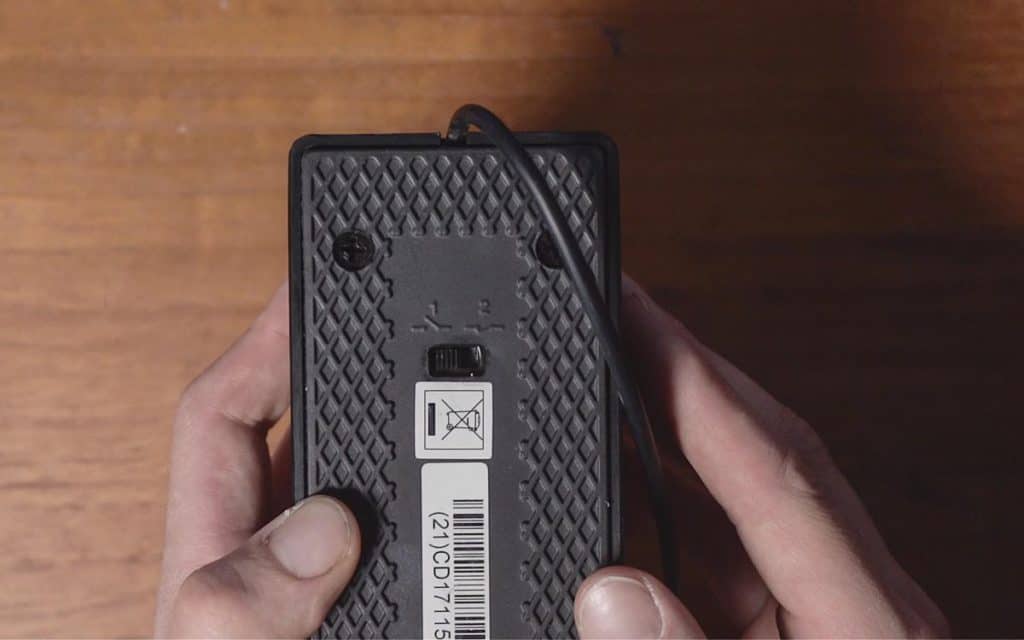
It may be the case that you already have a polarity switch on your pedal, either on the side or underneath most likely. If this is set to the wrong position, the pedal will work in reverse so try checking that before you buy a new one. Slightly further down, you can read about what kind of pedal is most beneficial to learn on so take a look at that as you may want to consider an upgrade anyway. Some pedals may have a switch for other functions too so if it doesn’t work, it’s not a polarity switch (or your pedal/keyboard may be faulty).
There are some models of keyboard that you can reverse the polarity on but these are not that common. This is usually done through some unguessable method like holding a shift button and pushing a specific note on the keyboard. It’s worth a quick flick through your user manual or googling your specific model of keyboard to see if that’s possible.
Yamaha for example says that ‘The sustain pedal operation can become reversed if the pedal is pressed down while the power is being turned ON or if the pedal is plugged in while the keyboard is ON.’ They have a procedure to try and resolve the issue you can read here but this is just Yamaha keyboards.
If you’re absolutely confident that your sustain pedal SHOULD be compatible but still isn’t working, then it’s time to look into the possibility that it or the keyboard is faulty. If possible try and rule out fault with the keyboard by testing it with another pedal. It’s much easier to replace the pedal! Then try testing that pedal on another keyboard if the problem persists.
How To Choose A Compatible Sustain Pedal
It’s important to make the right choice here. Don’t rush and get one just because it’s compatible! If you’re buying a new pedal, you want to choose one that will most benefit your learning experience so you need to consider a couple of other factors first.
First of all though, double check that your keyboard actually takes a sustain pedal! Sustain pedals are also known as damper pedals and use a 1/4″ Jack lead connection. Your keyboard should have a 1/4″ jack input on the back labelled sustain or damper.
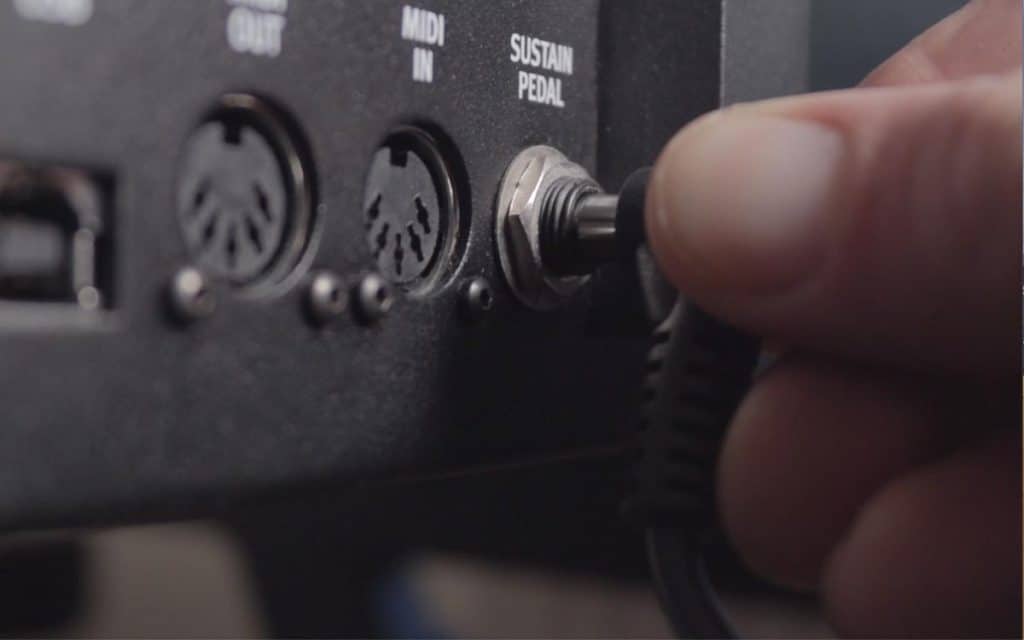
What ‘Type’ Of Pedal Is Best For Learning Piano On A Keyboard
Essentially, you want a pedal that mimics what a real piano pedal is like. As a piano teacher, I highly recommend using a proper one like this. If you are currently using the foot switch style pedal, I have some better recommendations below. Compared to the amount you would spend on the actual keyboard and other accessories or lessons, the pedal is not a huge financial investment. And for the amount of time you will spend practicing, it’s well worth making the best use of it and getting used to the feel of a ‘real’ pedal.
We’re using the pedal to help us control the sound of the music and make it sound as best we can. With the foot switch style pedal, you don’t get any where near the amoount of control you need, it’s very hard to feel where the release point is, they’re physically awkward to use and they slip away from under your feet far more easily.
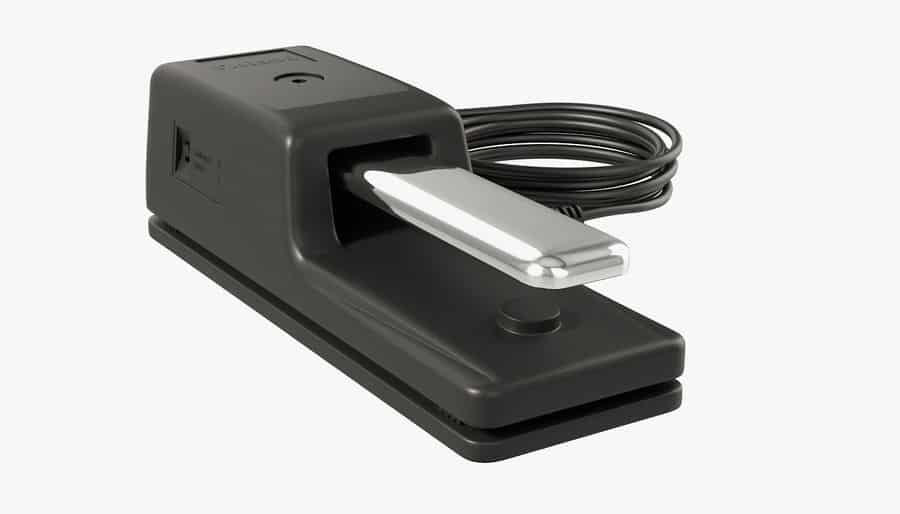
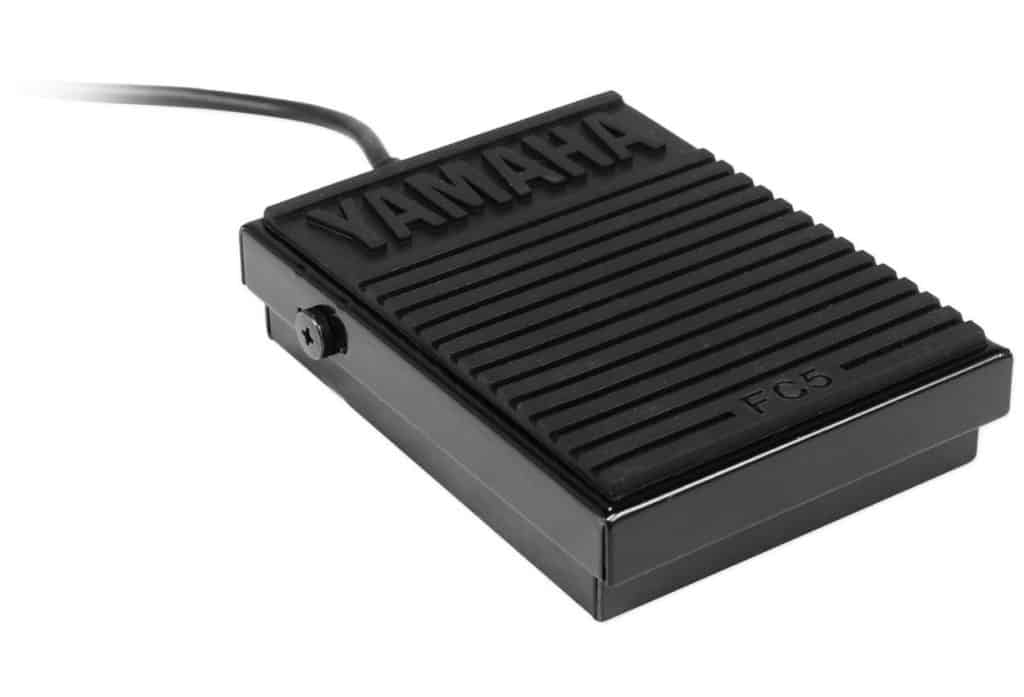
Go For A Reputable Brand
Although it’s often tempting to try and get the best deal you can and lesser known brands can usually save you a little bit of money, at the average price point of a sustain pedal that doesn’t equate to enough that I think it’s worth risking. Obviously there’s just the reliability and build quality of the product itself to consider, but also how the pedal feels under your foot. Have no fear though! My pick just below for the best universal sustain pedal for beginners as actually very reasonably priced compared to some of the bigger names.
As I mentioned we’re trying to emulate playing a real piano and need a decent level of control from a pedal so we need a solid action on the lever to work with. I haven’t tested every cheap brand out there so the probably are some winners around, it’s that established brands will often be a better, safer bet. I’ve use cheaper pedals before that squeaked too and just generally didn’t feel very good.
Here’s a few ‘known’ brands in the keyboard world.
Option 1 – The Universal Sustain Pedal
| Brand | Model Of Sustain Pedal |
| M-Audio | SP-2 (Universal) |
| Roland | DP-10 |
| Casio | SP-20 (Universal) |
| Yamaha | FC4A |
| Korg | DS1H |
This is usually the simplest option, particularly for beginners as the pedal uses a polarity switch, making it compatible with any keyboard (that takes a sustain pedal of course). This is easiest as you know it will work, plus, if you change keyboard or want to use it on multiple keyboards, you can!
THE BEST UNIVERSAL SUSTAIN PEDAL
M-AUDIO – This is my pick for the best universal sustain pedal. The M-Audio SP-2 sustain pedal is an excellent choice for beginners. As well as having the necessary polarity switch making it universally compatible, it feels very good to use, has a solid build quality, is excellent value for money and made by a trusted, well known manufacturer.
I recommend this pedal to many of my students and use it a lot when teaching at their house.
US You can check prices for the M-Audio SP-2 Pedal on Amazon here
UK You can check prices for the M-Audio SP-2 Pedal on Amazon here
UK and Europe You can check prices for the M-Audio SP-2 Pedal on Gear4Music here
Below is a video review of this pedal I posted on my YouTube channel.
I’m sure there are some other lesser known branded pedals out there too that do a job, but I have tried and test this one.
CASIO – The Casio SP-20 is also advertised as a universal sustain pedal. Casio is a very respected brand and this is a quality product. Not sure I’m as keen on the design of this one, but that’s just personal preference.
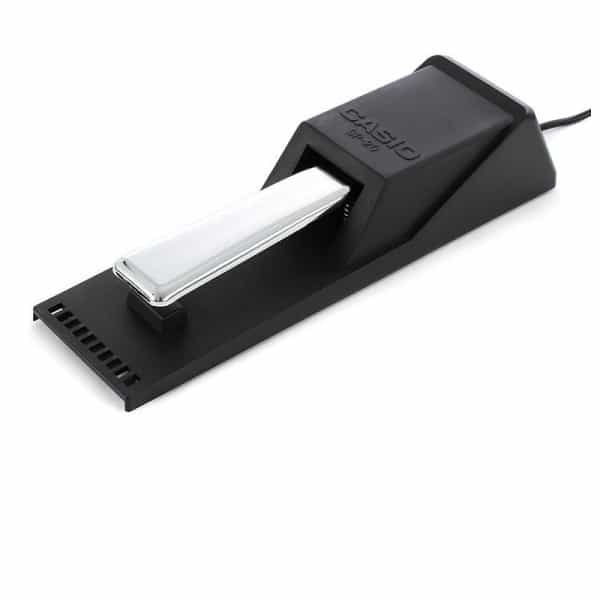
US You can check prices for the Casio SP-20 on ZZ sounds here
UK and Europe You can check prices for the Casio SP-20 on Gear4Music here
Option 2 – Checking Whether That Specific Non-Universal Pedal Works With Your Keyboard
The simplest thing to do here, would be to BRAND MATCH. If you’re using a Roland keyboard, get a Roland pedal, if your’e using a Yamaha Keyboard, get a Yamaha pedal and so on. If you particularly wanted to use another branded pedal than your keyboard, I recommend a quick google search for those 2 specific items.
Here’s some very popular models of sustain pedal by brand (Non- Universal pedals)
ROLAND – The pedal that I currently use myself and highly recommend is the Roland DP-10. I use this mainly it with my Nord keyboard and there is no compatibility issue. It’s a great pedal with a solid feel and lever action, sleek design plus a handy flip out rubber grip mat. Although not specified on the website at the time of writing this, in my experience, these have always worked with other Roland keyboards.
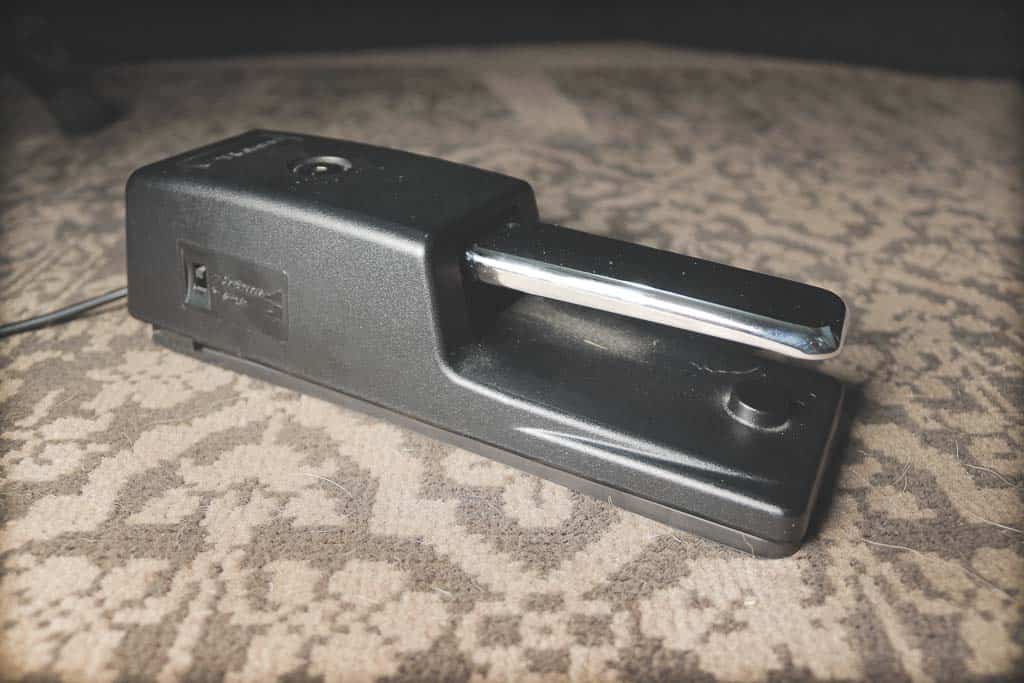
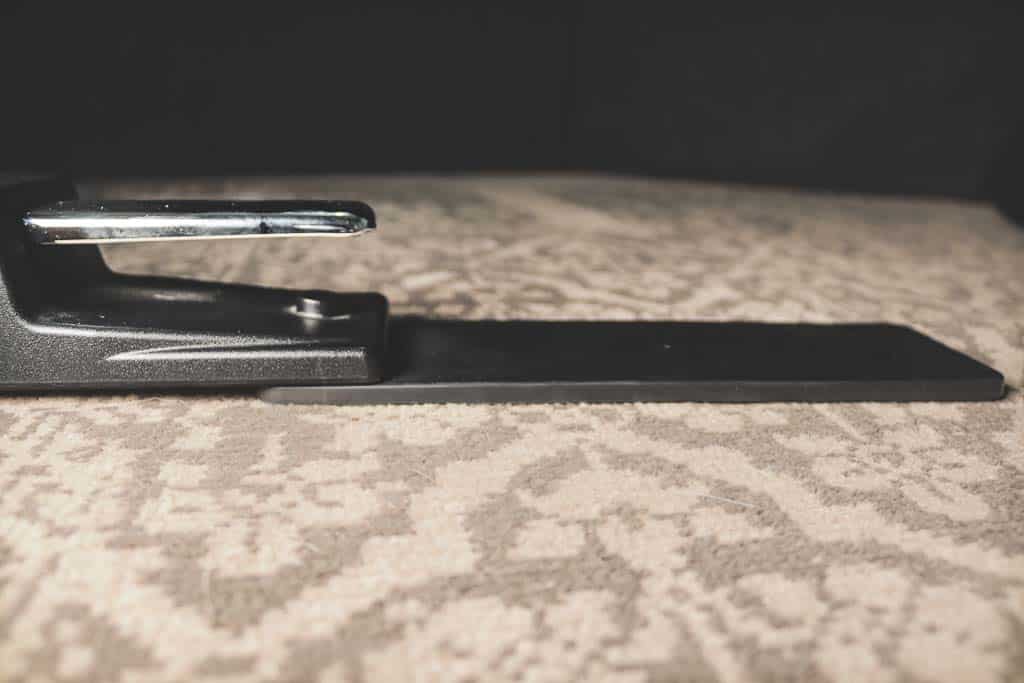
US You can check prices for the Roland DP-10 on ZZ sounds here
UK and Europe You can check prices for the Roland DP-10 on Gear4Music here
Unfortunately, this pedal does not have a polarity switch but it is capable of half pedalling should you be using a keyboard with that capability
YAMAHA – If you’re using a Yamaha keyboard, the Yamaha FC4A is their go to sustain pedal. Their website states it’s compatible with all Yamaha keyboards. One of my students has this with a Yamaha keyboard and it feels very nice to use. Again, it’s from a very reputable brand in the keyboard world and it’s a solid pedal.
US You can check prices for the Yamaha FC4A on ZZ Sounds here
UK and Europe You can check prices for the Yamaha FC4A on Gear4Music here
This pedal does not do half pedalling although a lot of lower/mid range keyboards aren’t capable of that anyway.
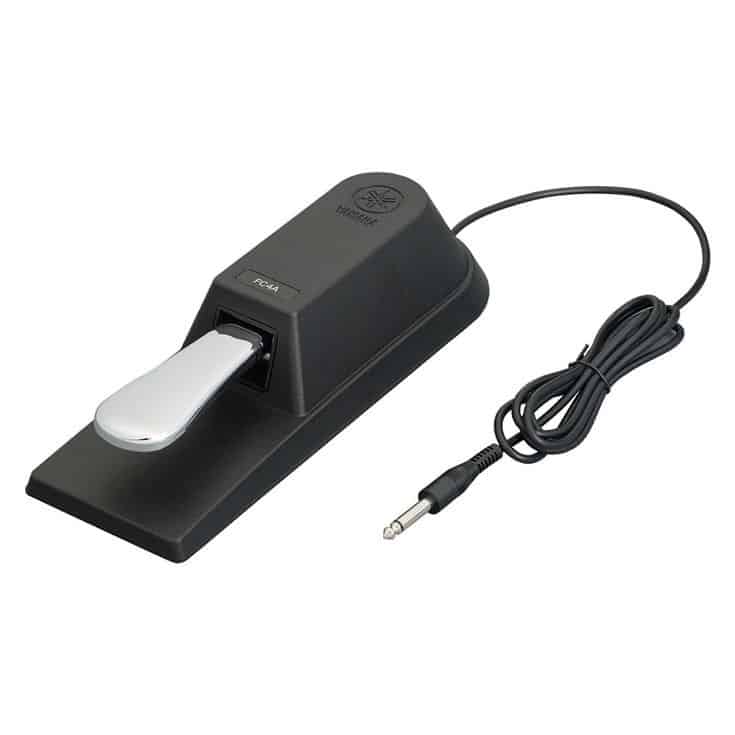
Yamaha do also have another version of this pedal, the FC3A, which does also support half pedalling
US You can check prices for the Yamaha FC3A on ZZ Sounds here
UK and Europe You can check prices for the Yamaha FC3A at Gear4Music here

KORG – Korg’s sustain pedal model is the DS1H
US You can check prices for the Korg DS1H on Amazon here
UK and Europe You can check prices for the Korg DS1H on Gear4Music here
This pedal is also capable of half pedalling when paired with a keyboard with this functionality.
